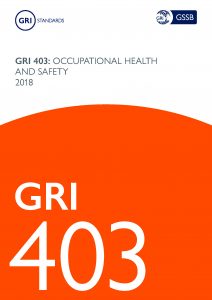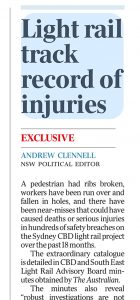 Inaccurate or insufficient data about occupational health and safety (OHS) plagues the decision-making of governments and business, and OHS professionals. Technology has provided some hope on better datasets but only for the analysis of data, not necessarily the quality of that data. Workplace incidents and issues continue to be under-reported, especially non-traumatic incidents. The Global Reporting Initiative (GRI) offers a framework for better reporting of OHS issues and incidents which also improves the credibility of companies, helping to regain the trust of the community.
Inaccurate or insufficient data about occupational health and safety (OHS) plagues the decision-making of governments and business, and OHS professionals. Technology has provided some hope on better datasets but only for the analysis of data, not necessarily the quality of that data. Workplace incidents and issues continue to be under-reported, especially non-traumatic incidents. The Global Reporting Initiative (GRI) offers a framework for better reporting of OHS issues and incidents which also improves the credibility of companies, helping to regain the trust of the community.
Recently, GRI released its latest





 The annual
The annual  Victoria is the latest Australian State to introduce laws into Parliament that establish a licencing scheme for
Victoria is the latest Australian State to introduce laws into Parliament that establish a licencing scheme for